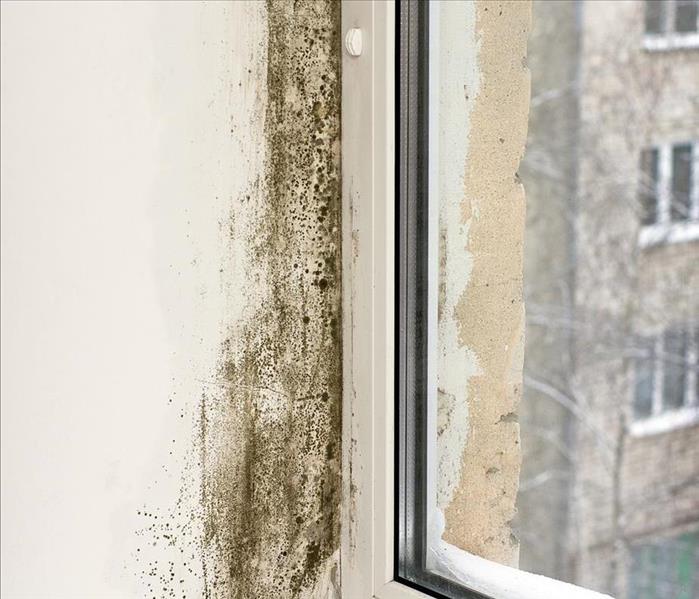Tips for Preventing Mold in Humid Climates
11/12/2021 (Permalink)
There are a lot of places for mold to hide in your commercial building. When high humidity in Colorado Springs, CO, creates an atmosphere that leaves your building vulnerable to mold, it can be a challenge for even the best mold mitigation experts to get rid of the problem for good. It's better to prevent fungus from growing in the first place.
Tips to keep a mold problem at bay.
Use Mold-Resistant Materials
Some items are more prone to mold growth than others. Anything fibrous, such as wood or carpet, can easily become a breeding ground for spores. You can discourage growth by choosing materials that resist mold:
- Plastic
- Steel or other metals
- Glass
- Drywall with fiberglass coating
- Fungus-resistant paint
Control Indoor Humidity
You can't do much about how humid it gets outside, but you can control humidity levels inside your building. Mold thrives in a damp, warm environment, so anything you can do to prevent these two factors also discourages growth. Keep your air conditioner running properly at 70 degrees (even overnight) to perpetuate airflow and keep the building cool. Use a dehumidifier to remove excess moisture from the air. Clean up spills quickly so that they don't attract spores. The better you curb high humidity levels, the less likely you are to have a mold problem.
Watch for Condensation
Even if the air in your building is regulated carefully, mold damage can still occur if there is a leak or condensation. To prevent moisture buildup on your AC unit, set the thermostat to automatic rather than just leaving the fan running. This gives condensation a chance to dissipate. Make sure that you have enough units to adequately service the size of your building so that they don't get overworked. Maintain all equipment that uses water so that leaks don't become an issue.
Set a Reliable Cleaning Schedule
It's easy to let any space that doesn't get daily use get dusty. However, failure to ensure that your whole building is cleaned regularly can lead to a mold problem. In addition to moisture and warmth, dust and other organic matter also contribute to mold growth by feeding the spores that settle on dirty surfaces. A clean environment helps prevent growth.
Conduct Regular Inspections
There are many reasons to stay current on your inspection schedule. If you live in a humid area, preventing the need for mold clean-up is a key concern. Check the perimeter of your building to ensure that water isn't getting in from the outside. Have your roof inspected, particularly before and after storm season. Walk the building at least once a month and look for signs of water damage, which can easily lead to a mold problem. The more vigilant you are about prevention, the less you have to worry about costly, time-consuming repairs.
Preventing high humidity in your building may be more of a challenge when it's humid outside, but it's not impossible. By following these tips and taking the necessary precautions, you can create an indoor environment where mold is unlikely to thrive.



 24/7 Emergency Service
24/7 Emergency Service
